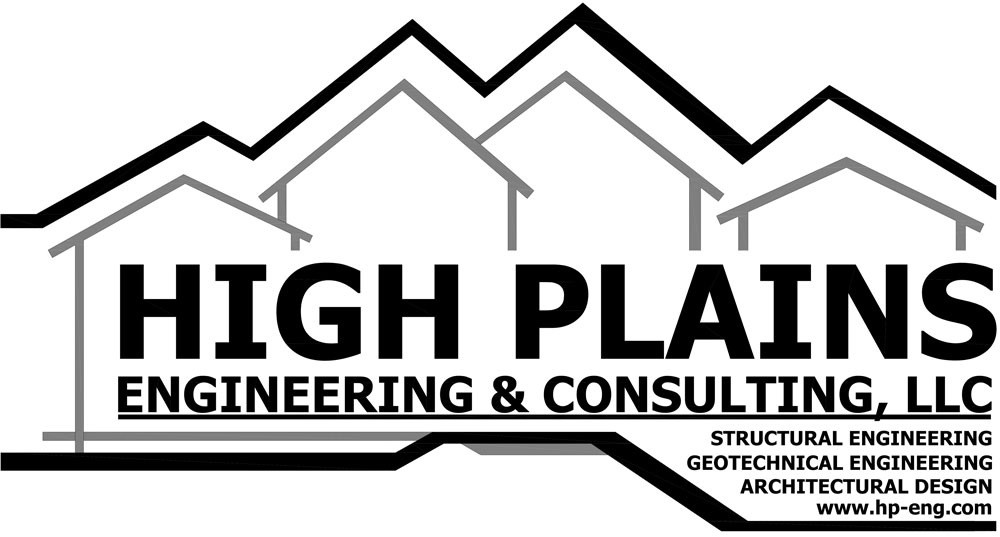If you’re having some HVAC work done on your property, you might be wondering: What is Manual J, and what is the role it plays in your HVAC installation? Basically, the Manual J calculation is used to determine the proper size for an HVAC unit being added to a building. Knowing this calculation is critical for anyone who will be performing HVAC work, so they can apply it to the building on which they are working and get a system that is properly sized for that property. During the calculation, the HVAC contractors will take a variety of measurements and... View Article
Do you know how to pick a lot to build a house? One of the first things to consider is whether your home is in a flood zone. If you’re considering property on a flood plain, you should reconsider. Not only is your home at increased risk of flooding, but your insurance costs will be higher and it may even be more difficult to secure a mortgage. Here’s why you should avoid building a home in a flood zone. Flood zones and flood zone types The Federal Emergency Management Agency (FEMA) designates certain geographical areas as flood zones, based on... View Article
When you’re building a new home, you’ll need to undergo a REScheck. These “checks” are to ensure that your home meets the International Energy Compliance Code (IECC) and U.S. Department of Energy standards. RESchecks verify that your new building has met the minimum standards for housing compliance. Here’s an overview of what RESchecks are and what to expect from yours. What is a REScheck? In response to the global push toward energy conservation, the United States has implemented efficiency and conservation standards for all new construction. Your building plans have to meet the minimum standards for housing in order to... View Article
Do you need to complete a practical finite element analysis (FEA) to solve your engineering issue? This might be the solution you have been searching for, but you didn’t realize it existed. So, what is it? A practical finite element analysis is used to solve issues with structure or performance. FEA models divide the structure into elements to analyze the system with extreme precision. Here’s how the process works. Three steps to FEA models A practical finite element analysis uses a computer to model an engineering problem. It typically involves three steps: Defining the problem: The first step in FEA... View Article
Do you need to install a drainage system for your property? If so, it’s important to understand the different types of surface drainage systems. Two of the main types are French drains and trench drains. The main difference between French drain and trench drain systems are where they manage the water. French drains remove groundwater, while trench drains remove surface water before it enters the ground. Read on to discover how each system works in more detail. French drains Invented by Henry French of Massachusetts (not France), French drains are designed to remove groundwater. They feature a trench that is... View Article

 HPEC is an active member of CAGE
HPEC is an active member of CAGE